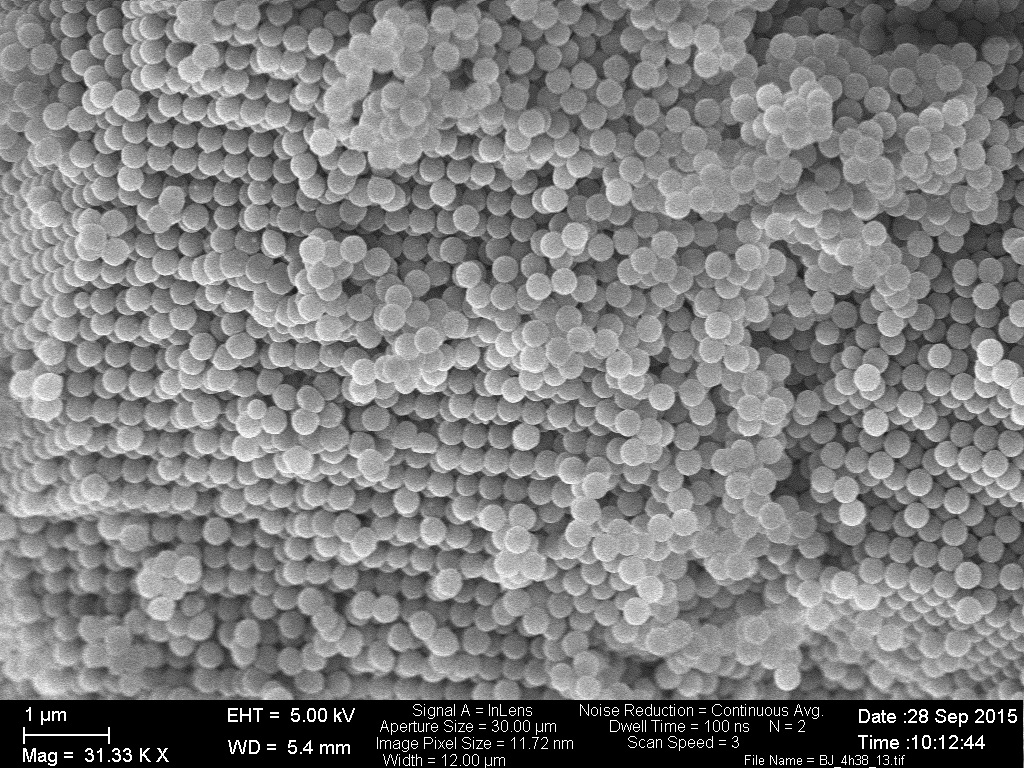Quantitative understanding and modeling of the relations between particle surface properties and colloidal stability
Emulsion polymerization, as one of the most widely used processes for polymer manufacturing, produces millions of tons of polymers worldwide every year, in the form of latexes. Although latexes can be applied directly such as surface coating and painting, in most cases the polymer particles in the latexes have to be extracted from the disperse medium through a proper turbulent coagulation process. During the coagulation, it is required to add electrolytes in order to screen the electronic double layer generated by the adsorbed emulsifiers on the particle surface so as to destabilize the latexes, but after the coagulation the added electrolytes cannot be completely eliminated from the polymers and lead to changes in electronic and mechanical properties of the final polymer products, as well as their color. Then, a question arises: is there any possibility of developing emulsion polymerization processes, which produce the polymer latexes that can be coagulated without using any electrolytes? To this aim, the polymer latex stability and coagulation behavior will be investigated. They rely on both DLVO and non-DLVO interactions, both of which depend on many physicochemical properties of the latexes such as size and morphology of the particles, particle surface physicochemical properties (fixed charge, surfactant surface coverage, type of the surfactant charge groups, surface roughness, tendency to hydration, etc.), ionic strength and ion types in the disperse medium, and so on. To properly characterize stability of the latexes with different surface properties, we determine their stability both in stagnant conditions and in intense shear flow, from which the colloidal interactions will be quantified based on the generalized stability model (Jia et al., 2006). In the end, proper polymerization recipes will be developed, which not only warrantee good stability during the polymerization but also ease the turbulent coagulation of the obtained polymer dispersions without using any salt.
Contact Person: Baptiste Jaquet
